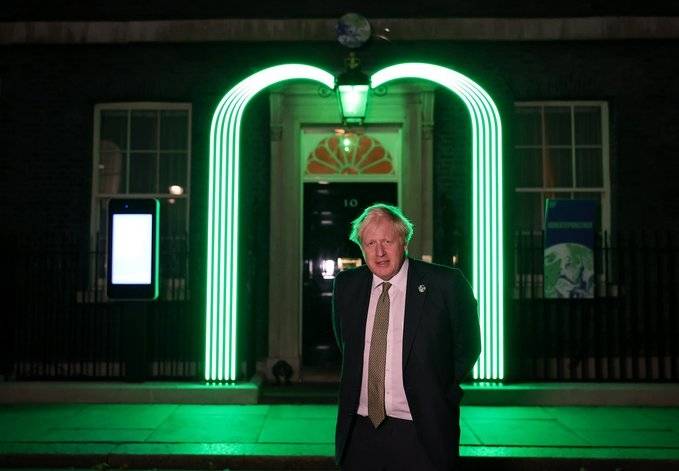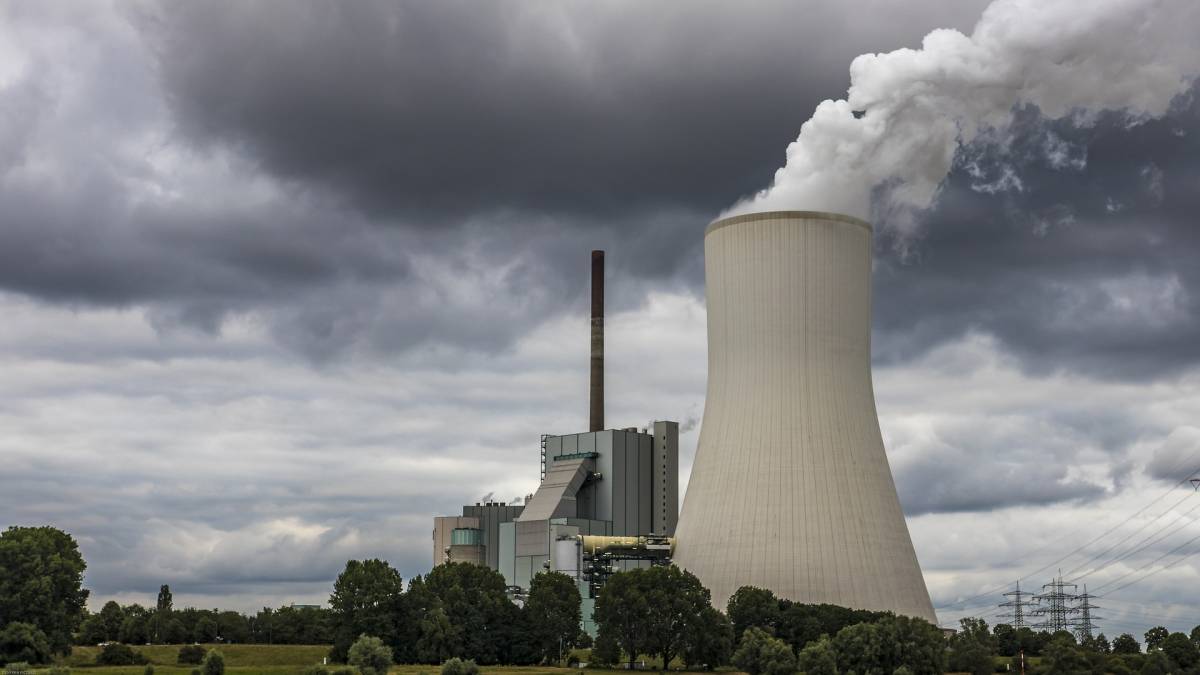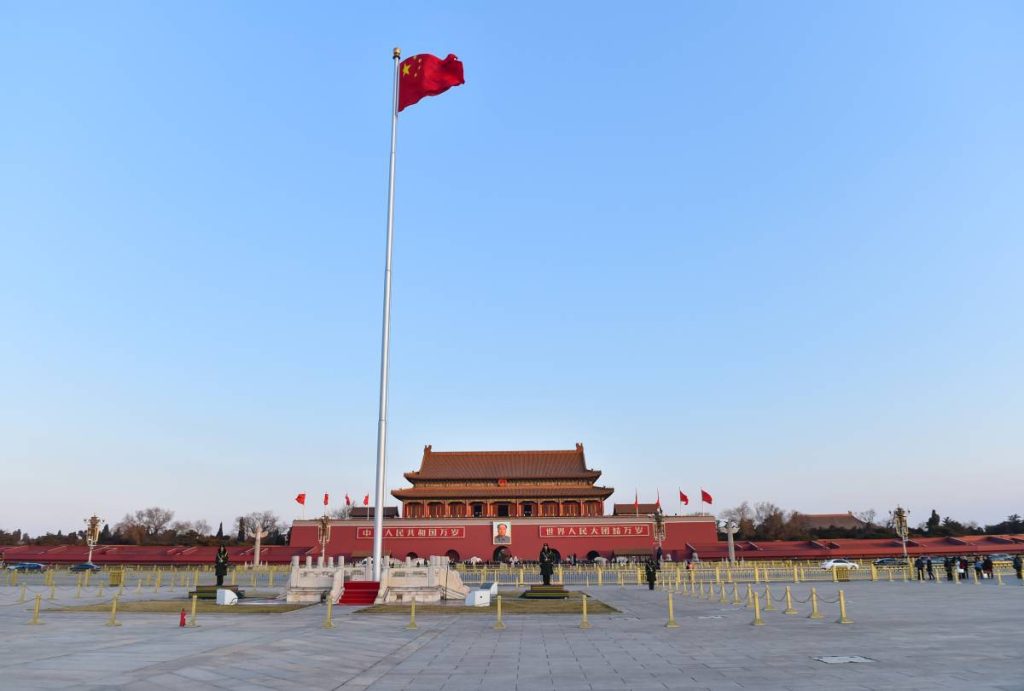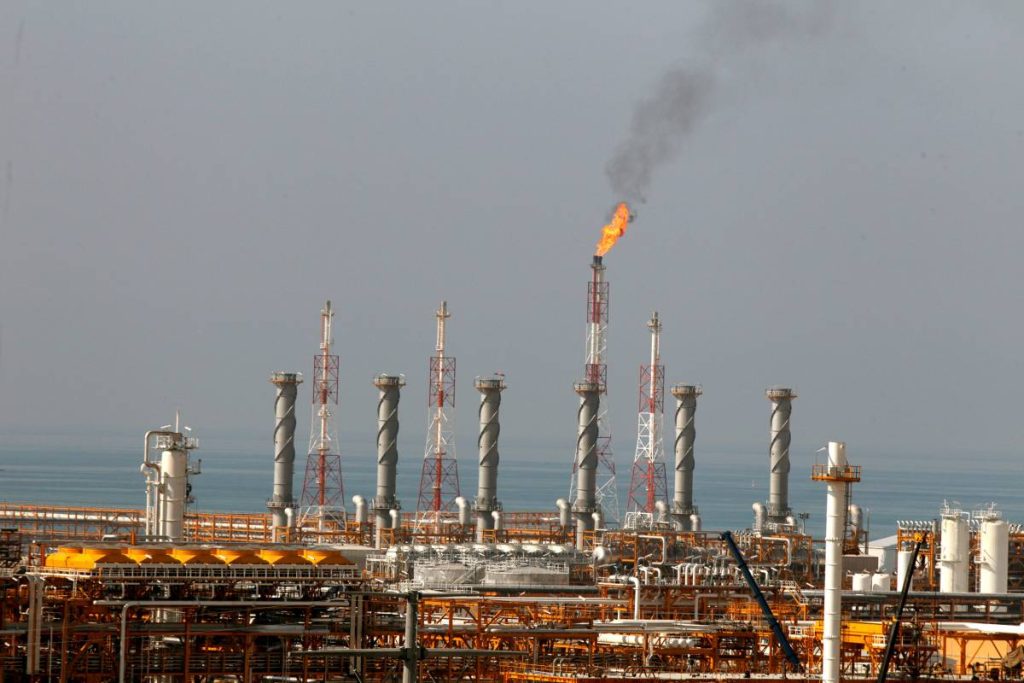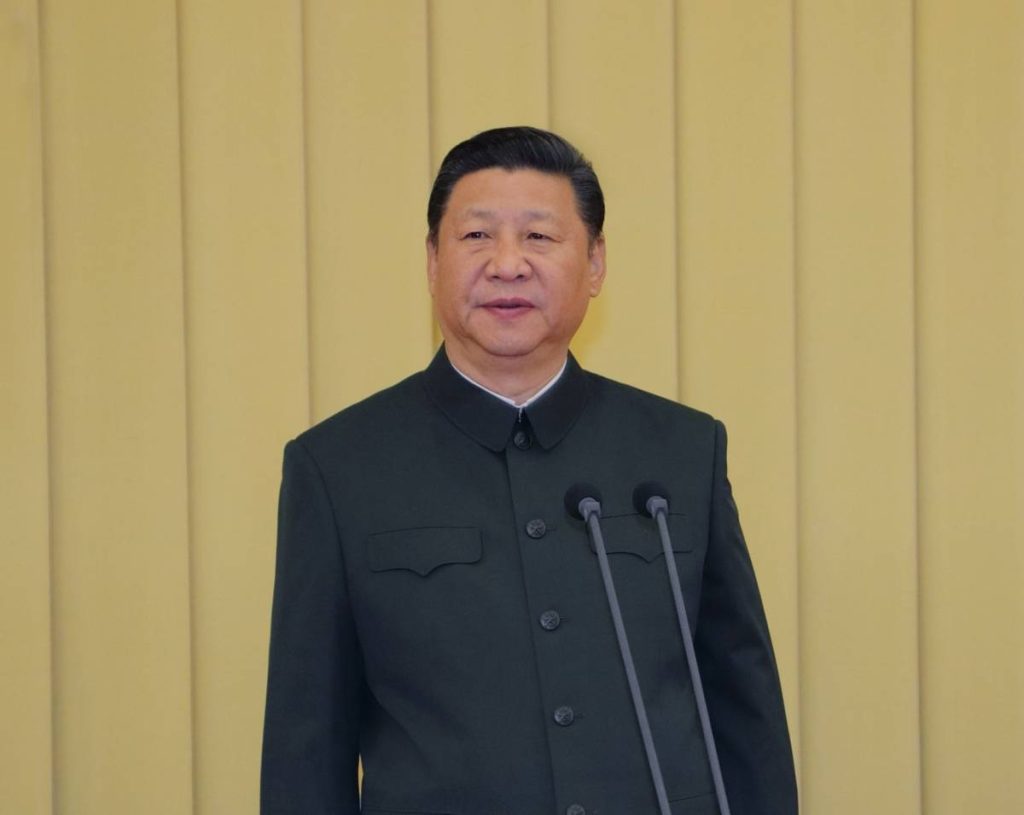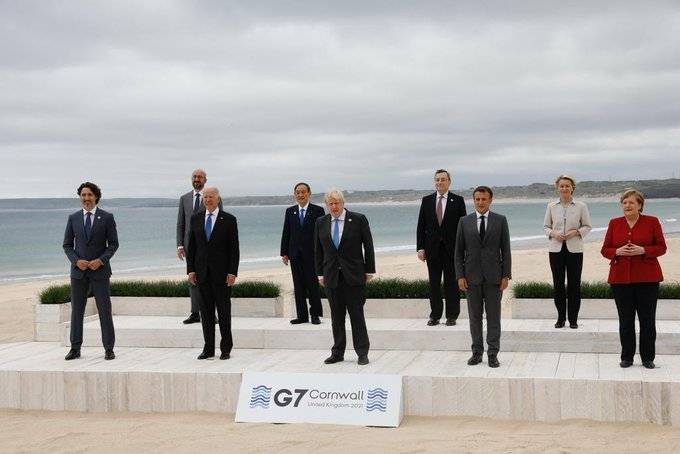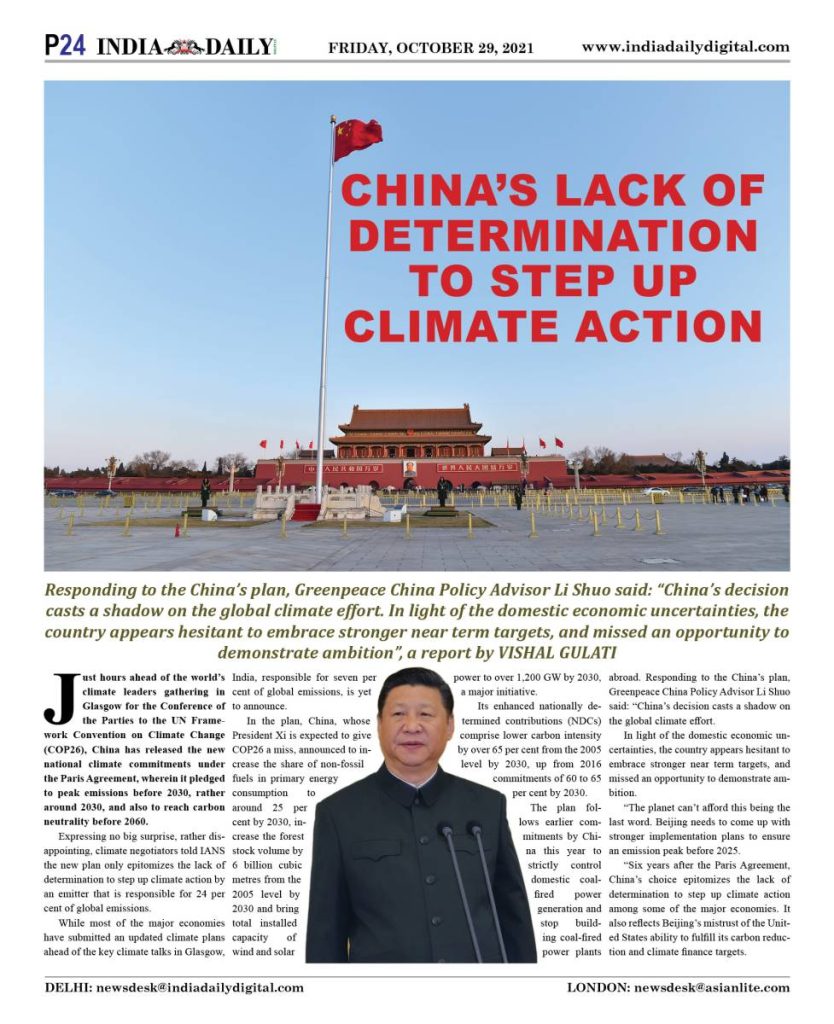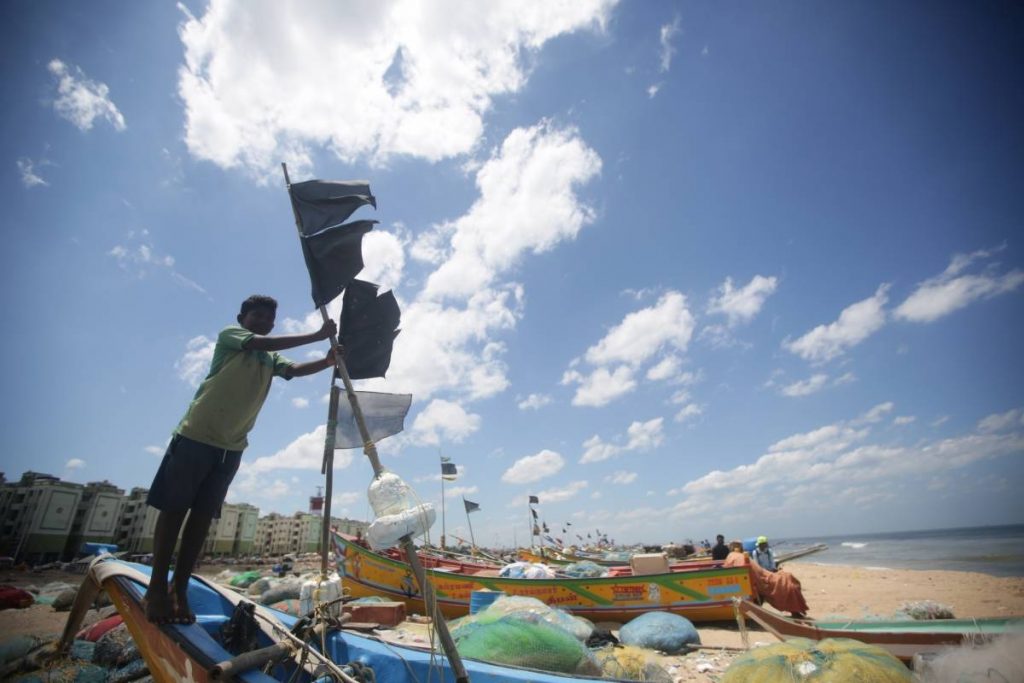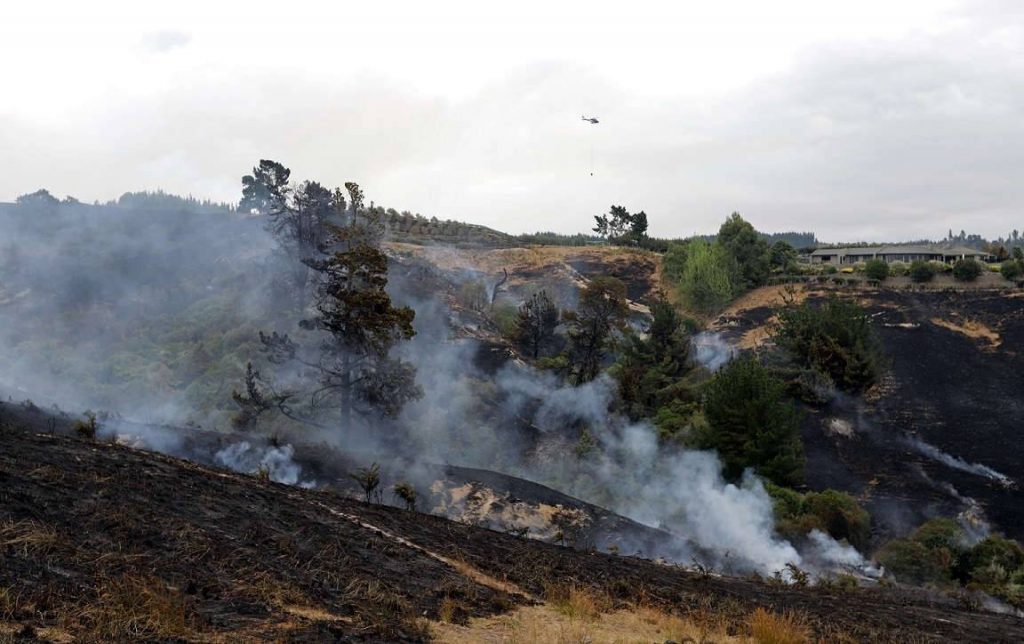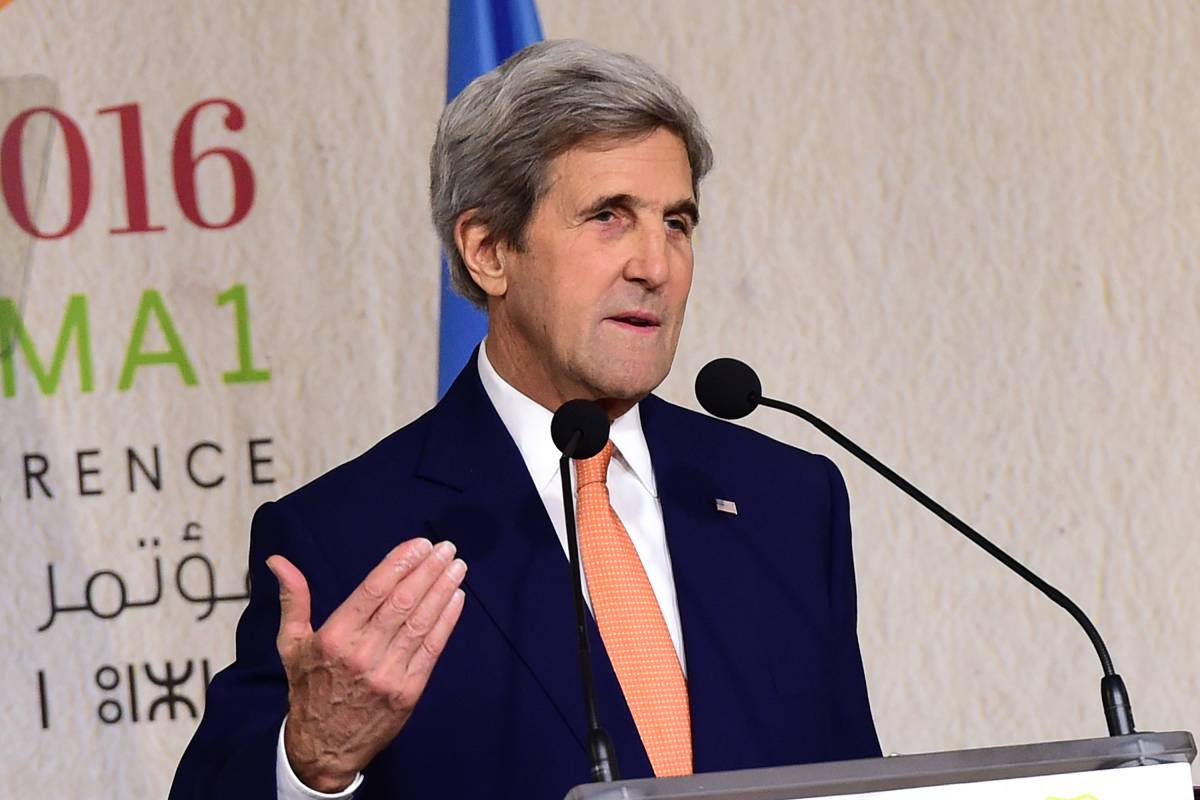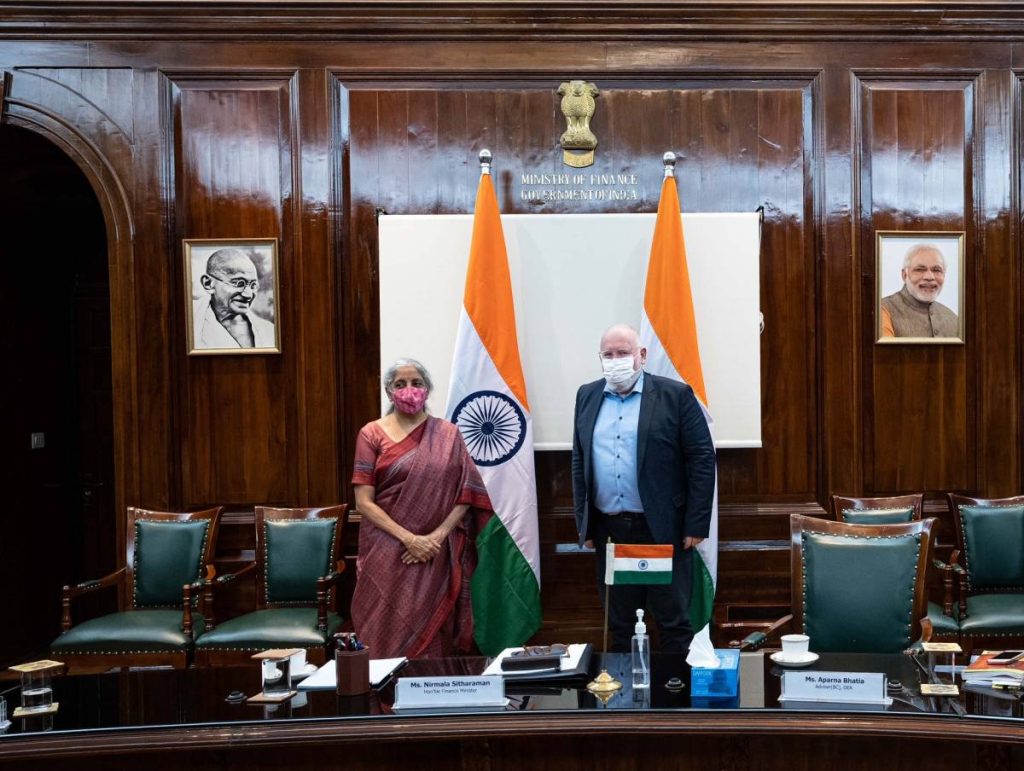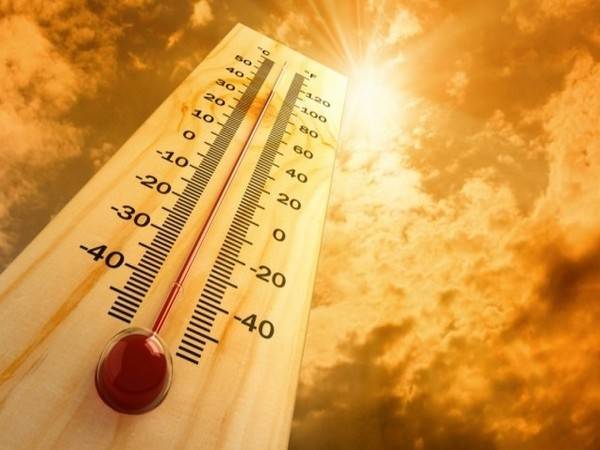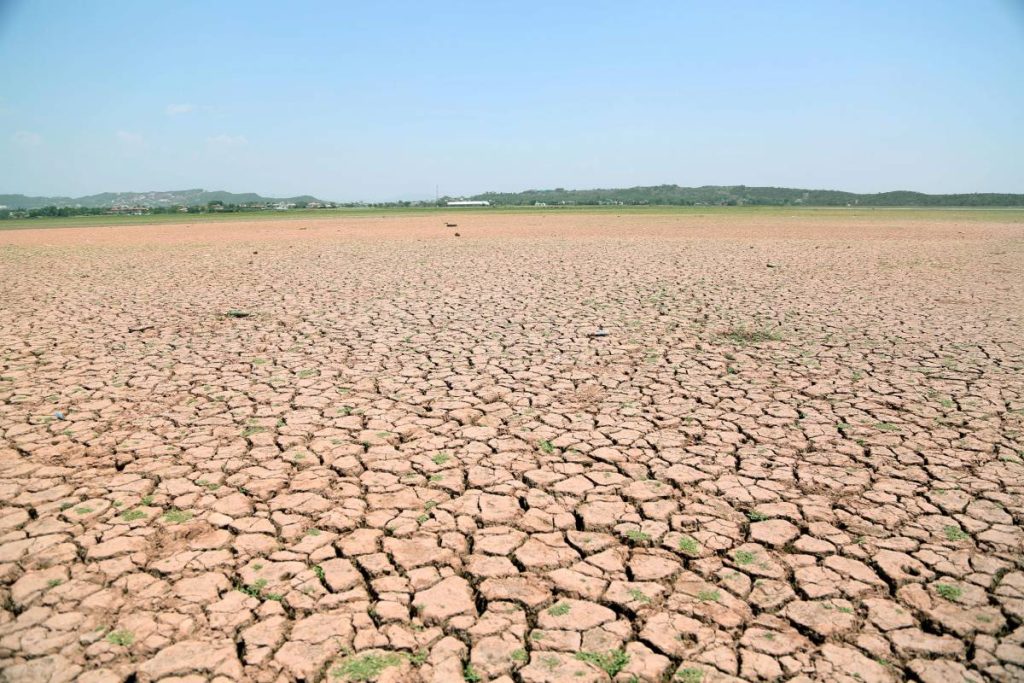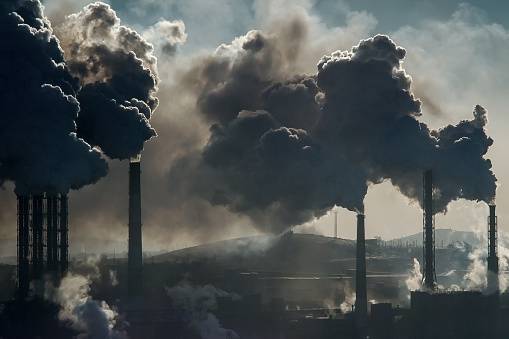“Clearly, we need to address it. Clearly, we need to support the most vulnerable to cope. To do so successfully, greater ambition is now critical,” she underlined…reports Asian Lite News.
Following a series of reports and studies warning that urgent action is needed to keep the Paris Agreement’s goal of limiting global average temperature increases to 1.5C within reach, the Un Climate Change Conference (COP26) opened with the key aims of raising ambition on all fronts and finalising the agreement’s implementation guidelines.
“We are extremely grateful to the government of the UK for hosting this crucially important conference in these unprecedented times and for making every effort to keep all participants safe and healthy,” UN Climate Change Executive Secretary Patricia Espinosa said on Sunday.
“The devastating loss of lives and livelihoods this year due to extreme weather events clarifies how important it is to convene COP26 despite the impacts of the pandemic still being felt. We are on track for a global temperature rise of 2.7C, while we should be heading for the 1.5C goal. Clearly, we are in a climate emergency.
“Clearly, we need to address it. Clearly, we need to support the most vulnerable to cope. To do so successfully, greater ambition is now critical,” she underlined.
Greater ambition is required to achieve progress on all elements of the climate change agenda, including reducing emissions, moving adaptation to the centre of the agenda, addressing loss and damage from extreme climatic events and increasing the provision of support to developing countries.
A central issue is the provision of support to developing countries, especially in relation to the goal of mobilising $100 billion annually by 2020. Financial support is crucial for all elements of the climate change regime, including mitigation, but also in terms of adaptation, capacity-building, technology transfer and several other elements.
Many parties, especially developing countries, feel that in order to advance towards full implementation of the Paris Agreement, previous commitments should first be honoured.
Finalising the Paris Agreement’s implementation guidelines will enable the full implementation of all provisions, which will unleash more ambitious climate actions by all its parties.
Specifically, the outstanding guidelines relate to the details around the global goal on adaptation, how to report climate action and support transparently, and the use of market-based mechanisms and non-market approaches.
“We have no choice but to make COP26 a success. For that, we need unity of purpose. We need to leave Glasgow with a balanced package of decisions that reflects the positions of all countries. With a willingness to compromise among the many perspectives we can arrive at workable, ambitious solutions that will help us keep the 1.5C goal within reach. We stand ready to work with all parties and to leave no voice behind to reach this important goal,” Espinosa said.
Having been postponed by a year owing to the Covid-19 pandemic and having to address items from COP25 held in 2019, COP26 has a huge agenda beyond the key aims.
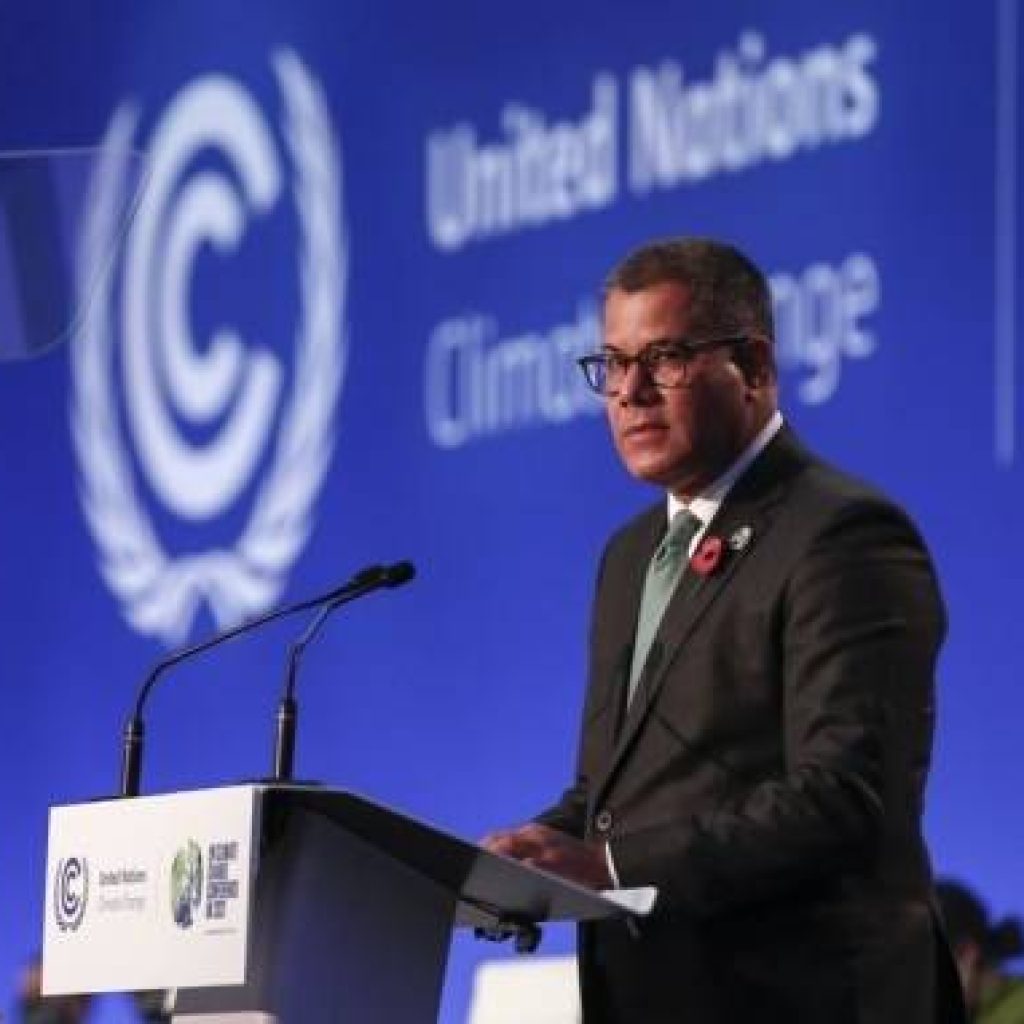
Addressing the conference following his election, COP President Alok Sharma thanked delegates for travelling to Glasgow and outlined the urgent need for action.
“As COP President I am committed to promoting transparency and inclusivity. And I will lead this conference in accordance with the draft rules of procedure, and with the utmost respect for the party-driven nature of our process.
“In that spirit I believe we can resolve the outstanding issues. We can move the negotiations forward. We can launch a decade of ever-increasing ambition and action. Together, we can seize the enormous opportunities for green growth, for good green jobs, for cheaper, cleaner power.
“But we must hit the ground running to develop the solutions we need. And that work starts today. We will succeed, or fail, as one,” he said.
Following a procedural opening on Sunday, to enable work to begin quickly, Monday and Tuesday will be the World Leaders Summit with the presence of Royalty and more than 100 heads of state or government.
The World Leaders Summit provides all heads of state or government with the opportunity to set the stage for COP26.
A number of key ministerial and other events around current climate change efforts will take place during the COP. These include the fourth biennial high-level Ministerial Dialog on climate finance, the first Ministerial Dialog on climate finance under the Paris Agreement, several workshops and events to advance gender-related issues and the annual meeting with the participation of indigenous peoples and traditional knowledge.
ALSO READ-Mars Mission launches competition for UAE students
READ MORE-Climate Finance: UK pledges additional 1 bn pounds


